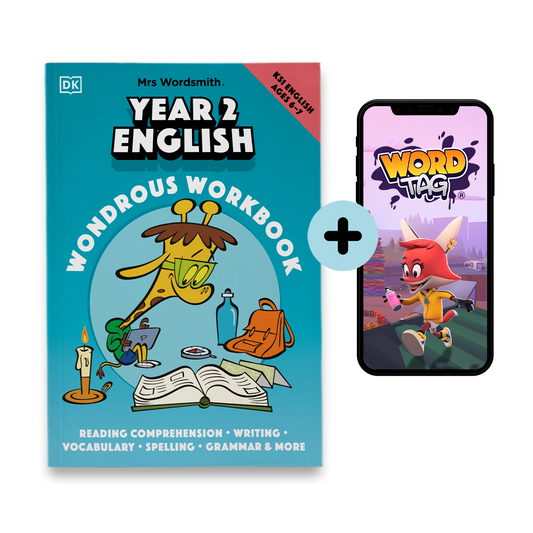Table of Contents:
Stories are incredibly powerful
Humans are storytelling creatures – and stories are incredibly powerful. Stories have the ability to elect presidents, create economies, and keep you watching Netflix until three in the morning. And studies have shown that when educational content is worked into strong narrative, children’s vocabulary learning and motivation skyrocket.[3]
As Melanie C. Green notes, a gripping story maintains children’s focus and deepens their understanding of the subject at hand, while their innate desire to know ‘what happens next’ translates to a genuine eagerness to keep learning.[4]
Characters create meaningful experiences
The best stories are full of relatable, larger-than-life characters that you come to really care about. Research by Emily Reardon and colleagues found that when children interact with characters that they are emotionally invested in, their brains recognize these as especially meaningful experiences – and that means deeper learning.
What’s more, the characters’ presence makes children feel relaxed and receptive to learning, thus creating an ideal educational atmosphere.[5] Learning can be an emotional experience. After all, it’s the things that hold the most meaning for us that are always the most memorable. Tell the right story the right way, and the educational benefits can be profound.














 https://mrswordsmith.com
https://mrswordsmith.com
Comment
Leave a comment